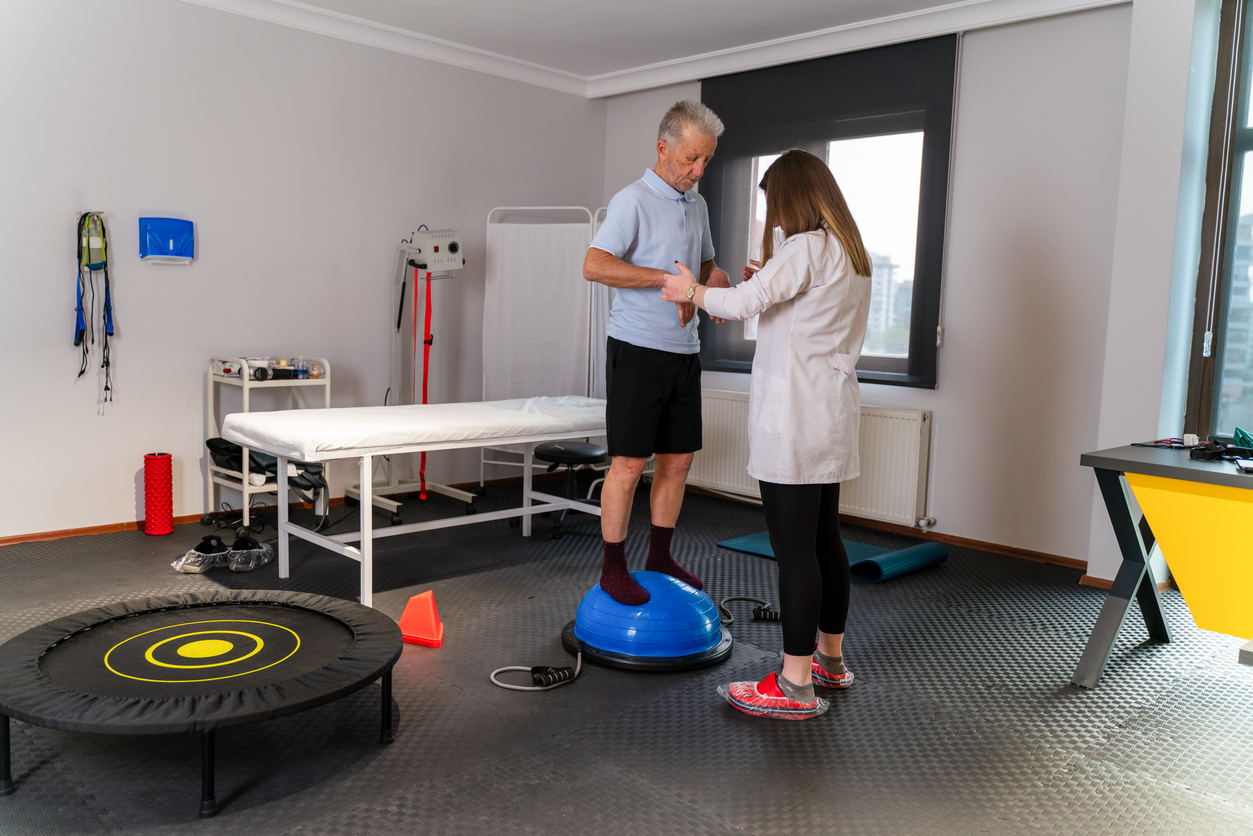Treatments
What to Know When Considering Physical Therapy

What is physical therapy?
The main goals of physical therapy (PT) are to provide pain management, improve mobility, maximize functionality, implement injury recovery, and prevent future damage. A physical therapist evaluates the person and condition to treat illnesses and injuries related to the musculoskeletal (bones and muscles), neurological (brain), cardiopulmonary (heart and lungs) and integumentary (skin) systems.
Physical therapy, also referred to as physiotherapy, is often used as a standard treatment for chronic pain or pain related to an injury. However, many health conditions respond well to physical therapy, including back pain, headaches, diabetes, chronic obstructive pulmonary disease (COPD), etc.
Types of physical therapy
Physical therapy treatment plans vary individually. There are several types of treatments that physical therapists can offer based on an individual’s needs and health condition. Common treatments include, but are not limited to, the following:
- Stretching
- Physical activity
- Transcutaneous electrical neuromuscular stimulation (TENS)
- Temperature therapy
- Joint mobilization
- Hydrotherapy
- Ultrasound
- Massage
Follow through
Physical therapy treatment typically extends beyond scheduled appointments. A physical therapist frequently assigns exercises or suggestions to continue treatment at home. This may include correcting posture, using hot or cold packs, stretching, breathing exercises, physical activities, etc. To maximize the outcome of treatment, it is important to follow through with all instructions.
Pair with other treatments
Physical therapy is best used in conjunction with other treatment options. When paired with other forms of treatment, especially psychological-based therapy or medication, physical therapy has shown to have better results.
Avoid fear
Individuals who experience chronic pain commonly have fear or anxiety about the possibility of increased pain when beginning physical therapy. It is essential to have an open dialogue with the physical therapist about worries and concerns. A plan can be developed if additional pain becomes an issue. This may mean reducing physical therapy or adding a treatment strategy, such as taking pain medicine prior to treatment.
There are many pros and cons of physical therapy. Therefore, a health care professional should be consulted prior to beginning physical therapy.


















